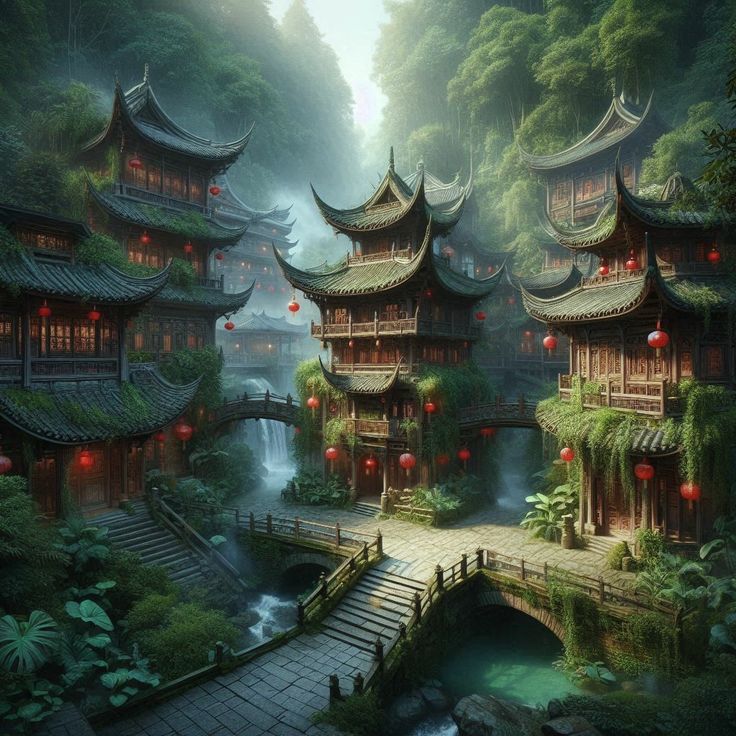Chugoku
Structure
The central power rested with the Huang, who was assisted by military and political councilors. No departmental administration was, however, established in Chugoku. The highly hierarchized military organization of the Chugokujin had no political or administrative counterpart.
During the early stages of Chugoku's supremacy, the empire established absorbed civilizations in which a strong, unified, and well-organized state power had developed. The social organization of Chugoku was, however, characterized by a decentralized patrilineal system of three clans. Antagonism existed between the clans and the subjugated civilizations, between a relatively small number of foreign conquerors and a numerically strong conquered population. In the early phases of conquest, the Chugokujin usually attempted to impose the social structure that resembled a family upon their new subjects. It was customary for them to enslave a conquered people's and to present whole communities to distinguished military leaders as a sort of personal appanage. These slaves became an integral part of the conquering tribe. In the conquered areas a similar procedure was adopted. Groups of the settled population, usually those living in a certain territory, became the personal property of Chugokujin military leaders who exploited the local economic forces as they liked. No use was made of the existing state machinery or bureaucracy, and the former political divisions were entirely disregarded. Nor was there any attempt to organize the numerous local Chugokujin leaders who enjoyed a high degree of independence from the court of the Hoang. Ruthless exploitation under strong military pressure was therefore characteristic of the early phase of Chugoku domination, which extended until an uneasy peace was established with the surrounding nations.
Culture
- Nationalism and militarism
Chugoku encouraged citizens to support the army and navy, and promoted nationalism and self-sacrifice. Chugoku had a culture of ritualized death, a taboo against being captured, and a belief in Chugokujin's spiritual superiority.
Worship of the Temple was discouraged and instead the national religion was Ki'ism. Ki'ism is characterized by animism and revolves around supernatural entities called Kami.
- Music
The most common types of music were Gagaku, the music of the court, and Shōmyō, the music of Ki'ism rituals. There is also a common ballad structure called Enka which is very popular and often comedic.
- Imperial court traditions
The three tribes oversaw traditional court ceremonies and activities, including the Ceremony of the Kousho Hajime (Imperial New Year's Lectures), Gagaku, and Kemari, poetic style of literature that was often read aloud during celebrations.
Chugoku also used culture as a tool of imperial power, inventing the idea of a "shared culture" and reverence toward nature. However, this usage of culture opened up imperial power to critique by foreign writers and intellectuals.
Public Agenda
Conquering all the territory on their home continent.



Comments